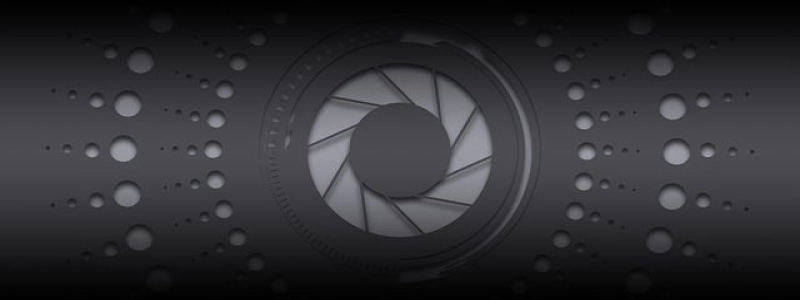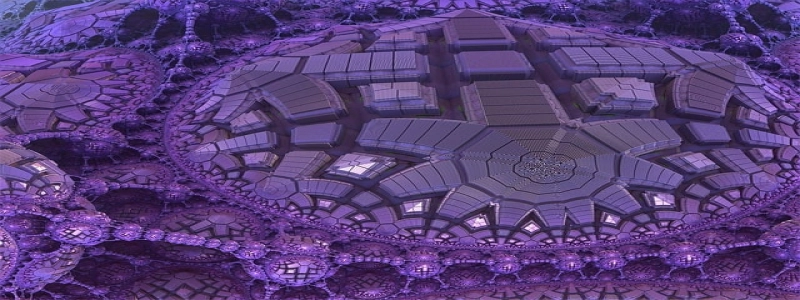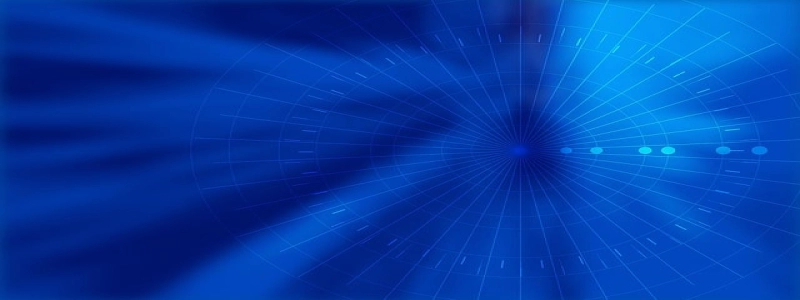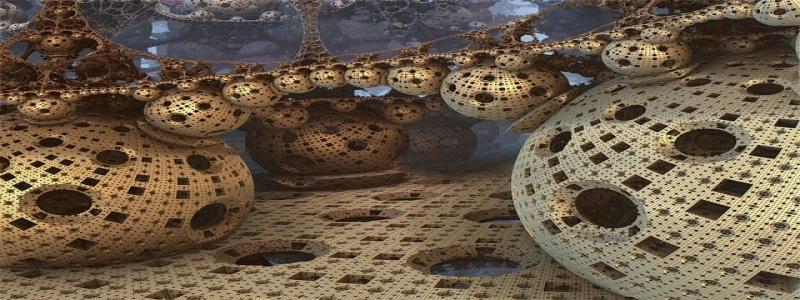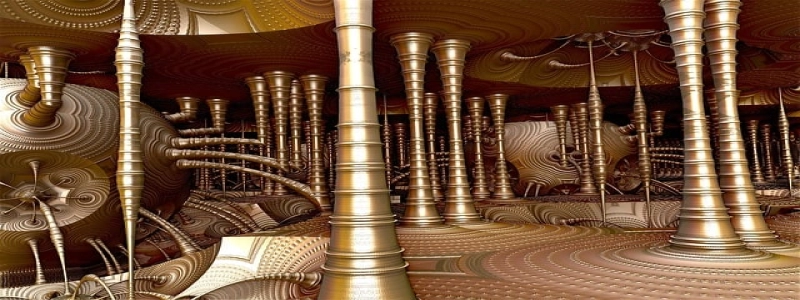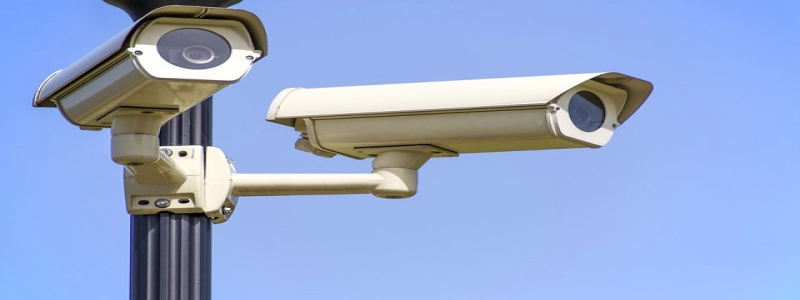Fiber Optic Cable Underground
Title: Fiber Optic Cable Underground
Subtitle: The Advantages and Challenges of Underground Fiber Optic Installation
Introduction:
The use of fiber optic cables for communication has revolutionized the way information is transmitted. These cables, made of thin strands of glass or plastic, can transmit data at incredibly high speeds over long distances. While most fiber optic cables are installed above ground on poles or existing utility lines, there is also a growing trend of placing them underground. In this article, we will explore the advantages and challenges of underground fiber optic cable installation.
I. Advantages of Underground Fiber Optic Installation
A. Enhanced Aesthetics: Placing fiber optic cables underground helps maintain the visual appeal of urban and rural landscapes, as there are no bulky cables running along poles or buildings.
B. Increased Reliability: Underground fiber optic cables are less susceptible to damage caused by severe weather conditions, such as storms or strong winds. This ensures a more reliable and uninterrupted communication network.
C. Enhanced Security: By placing the cables underground, the risk of deliberate or accidental damage, such as vandalism or vehicle accidents, is significantly reduced. This increases the overall security of the network.
II. Challenges of Underground Fiber Optic Installation
A. Higher Installation Cost: Installing fiber optic cables underground requires excavation and the creation of ducts or conduits to house the cables. This significantly increases the installation cost compared to above-ground installations.
B. Maintenance Difficulties: Accessing and maintaining underground fiber optic cables can be challenging and time-consuming. In case of any repairs or upgrades, excavation may be required, causing inconvenience and potentially disrupting other utilities.
C. Limited Flexibility: Underground installations may lack the flexibility and scalability of above-ground installations. Expanding or altering the network requires dealing with existing underground infrastructure, which can be more complex and costly.
III. Strategies and Solutions
A. Planning and Coordination: Thorough planning and coordination among stakeholders, including local authorities and utility companies, are crucial to ensure the successful installation and maintenance of underground fiber optic cables.
B. Proper Duct Design: Careful design of ducts and conduits that house the cables is essential for easy access and maintenance. This can include the incorporation of additional space for future growth or the use of easily accessible access points.
C. Regular Maintenance and Monitoring: Regular inspections and maintenance of underground cables can help identify and address any issues promptly, minimizing downtime and ensuring optimal performance.
Conclusion:
Underground fiber optic cable installation offers several advantages, such as enhanced aesthetics, increased reliability, and enhanced security. However, it also presents challenges in terms of higher installation costs, maintenance difficulties, and limited flexibility. By leveraging proper planning, coordination, duct design, and regular maintenance, these challenges can be overcome, making underground fiber optic installation a viable option for expanding and improving communication networks.
